1. Martel-Pelletier J, Barr AJ, Cicuttini FM, Conaghan PG, Cooper C, Goldring MB, Goldring SR, Jones G, Teichtahl AJ, Pelletier JP. 2016; Osteoarthritis. Nat Rev Dis Primers. 2:16072. DOI:
10.1038/nrdp.2016.72. PMID:
27734845.

2. Xie J, Wang Y, Lu L, Liu L, Yu X, Pei F. 2021; Cellular senescence in knee osteoarthritis: molecular mechanisms and therapeutic implications. Ageing Res Rev. 70:101413. DOI:
10.1016/j.arr.2021.101413. PMID:
34298194.

4. Zhu MM, Wang L, Yang D, Li C, Pang ST, Li XH, Li R, Yang B, Lian YP, Ma L, Lv QL, Jia XB, Feng L. 2019; Wedelolactone alleviates doxorubicin-induced inflamma-tion and oxidative stress damage of podocytes by IκK/IκB/NF-κB pathway. Biomed Pharmacother. 117:109088. DOI:
10.1016/j.biopha.2019.109088. PMID:
31202173.

5. Pan H, Lin Y, Dou J, Fu Z, Yao Y, Ye S, Zhang S, Wang N, Liu A, Li X, Zhang F, Chen D. 2020; Wedelolactone facilitates Ser/Thr phosphorylation of NLRP3 dependent on PKA signalling to block inflammasome activation and py-roptosis. Cell Prolif. 53:e12868. DOI:
10.1111/cpr.12868. PMID:
32656909. PMCID:
PMC7507381.

6. Lim S, Jang HJ, Park EH, Kim JK, Kim JM, Kim EK, Yea K, Kim YH, Lee-Kwon W, Ryu SH, Suh PG. 2012; Wedelolactone inhibits adipogenesis through the ERK pathway in human adipose tissue-derived mesenchymal stem cells. J Cell Bioc-hem. 113:3436–3445. DOI:
10.1002/jcb.24220. PMID:
22678810.

8. Liu YQ, Hong ZL, Zhan LB, Chu HY, Zhang XZ, Li GH. 2016; Wedelolactone enhances osteoblastogenesis by regulating Wnt/β-catenin signaling pathway but suppresses osteoclastogenesis by NF-κB/c-fos/NFATc1 pathway. Sci Rep. 6:32260. DOI:
10.1038/srep32260. PMID:
27558652. PMCID:
PMC4997609.

9. Deng X, Liang LN, Zhu D, Zheng LP, Yu JH, Meng XL, Zhao YN, Sun XX, Pan TW, Liu YQ. 2018; Wedelolactone inhibits osteoclastogenesis but enhances osteoblastogenesis through altering different semaphorins production. Int Immunopharmacol. 60:41–49. DOI:
10.1016/j.intimp.2018.04.037. PMID:
29702282.

10. Wang C, Song Y, Gu Z, Lian M, Huang D, Lu X, Feng X, Lu Q. 2018; Wedelolactone enhances odontoblast differentiation by promoting Wnt/β-catenin signaling pathway and suppressing NF-κB signaling pathway. Cell Reprogram. 20:236–244. DOI:
10.1089/cell.2018.0004. PMID:
30089027.

11. Idris AI, Libouban H, Nyangoga H, Landao-Bassonga E, Chappard D, Ralston SH. 2009; Pharmacologic inhibitors of IkappaB kinase suppress growth and migration of mammary carcinosarcoma cells in vitro and prevent osteolytic bone metastasis in vivo. Mol Cancer Ther. 8:2339–2347. DOI:
10.1158/1535-7163.MCT-09-0133. PMID:
19671767.

12. Xu S, Liu X, Liu X, Shi Y, Jin X, Zhang N, Li X, Zhang H. 2021; Wedelolactone ameliorates Pseudomonas aeruginosa-induced inflammation and corneal injury by suppressing caspase-4/5/11/GSDMD-mediated non-canonical pyroptosis. Exp Eye Res. 211:108750. DOI:
10.1016/j.exer.2021.108750. PMID:
34481822.

13. Nehybova T, Smarda J, Daniel L, Brezovsky J, Benes P. 2015; Wedelolactone induces growth of breast cancer cells by stimulation of estrogen receptor signalling. J Steroid Biochem Mol Biol. 152:76–83. DOI:
10.1016/j.jsbmb.2015.04.019. PMID:
25934092.

14. Benes P, Knopfova L, Trcka F, Nemajerova A, Pinheiro D, Soucek K, Fojta M, Smarda J. 2011; Inhibition of topoisomerase IIα: novel function of wedelolactone. Cancer Lett. 303:29–38. DOI:
10.1016/j.canlet.2011.01.002. PMID:
21315506.

15. Deng H, Fang Y. 2012; Anti-inflammatory gallic Acid and wedelolactone are G protein-coupled receptor-35 agonists. Phar-macology. 89:211–219. DOI:
10.1159/000337184. PMID:
22488351.

16. Romanchikova N, Trapencieris P. 2019; Wedelolactone targets EZH2-mediated histone H3K27 methylation in mantle cell lymphoma. Anticancer Res. 39:4179–4184. DOI:
10.21873/anticanres.13577. PMID:
31366503.

17. Takahashi K, Yamanaka S. 2006; Induction of pluripotent stem cells from mouse embryonic and adult fibroblast cultures by defined factors. Cell. 126:663–676. DOI:
10.1016/j.cell.2006.07.024. PMID:
16904174.

18. Nam Y, Rim YA, Ju JH. 2017; Chondrogenic pellet formation from cord blood-derived induced pluripotent stem cells. J Vis Exp. (124):55988. DOI:
10.3791/55988. PMID:
28654049. PMCID:
PMC5608467.

19. Li Y, Hai Y, Chen J, Liu T. 2017; Differentiating chondrocytes from peripheral blood-derived human induced pluripotent stem cells. J Vis Exp. (125):55722. DOI:
10.3791/55722-v. PMID:
28745632. PMCID:
PMC5612544.

20. Bi R, Yin Q, Mei J, Chen K, Luo X, Fan Y, Zhu S. 2020; Identification of human temporomandibular joint fibrocar-tilage stem cells with distinct chondrogenic capacity. Osteo-arthritis Cartilage. 28:842–852. DOI:
10.1016/j.joca.2020.02.835. PMID:
32147536.

21. Xu M, Stattin EL, Shaw G, Heinegård D, Sullivan G, Wilmut I, Colman A, Önnerfjord P, Khabut A, Aspberg A, Dockery P, Hardingham T, Murphy M, Barry F. 2016; Chon-drocytes derived from mesenchymal stromal cells and induced pluripotent cells of patients with familial osteochondritis dissecans exhibit an endoplasmic reticulum stress response and defective matrix assembly. Stem Cells Transl Med. 5:1171–1181. DOI:
10.5966/sctm.2015-0384. PMID:
27388238. PMCID:
PMC4996445. PMID:
f921e2842d114179b88d89856f7577c0.

22. Zhu D, Deng X, Han XF, Sun XX, Pan TW, Zheng LP, Liu YQ. 2018; Wedelolactone enhances osteoblastogenesis through ERK- and JNK-mediated BMP2 expression and Smad/1/5/8 phosphorylation. Molecules. 23:561. DOI:
10.3390/molecules23030561. PMID:
29498687. PMCID:
PMC6017959.

25. Cao R, Zhang Y. 2004; The functions of E(Z)/EZH2-mediated methylation of lysine 27 in histone H3. Curr Opin Genet Dev. 14:155–164. DOI:
10.1016/j.gde.2004.02.001. PMID:
15196462.

26. Jiang C, Guo Q, Jin Y, Xu JJ, Sun ZM, Zhu DC, Lin JH, Tian NF, Sun LJ, Zhang XL, Wu YS. 2019; Inhibition of EZH2 ameliorates cartilage endplate degeneration and attenuates the progression of intervertebral disc degeneration via demethylation of Sox-9. EBioMedicine. 48:619–629. DOI:
10.1016/j.ebiom.2019.10.006. PMID:
31631036. PMCID:
PMC6838408.

27. Ludikhuize MC, Meerlo M, Gallego MP, Xanthakis D, Burgaya Julià M, Nguyen NTB, Brombacher EC, Liv N, Maurice MM, Paik JH, Burgering BMT, Rodriguez Colman MJ. 2020; Mitochondria define intestinal stem cell differentiation downstream of a FOXO/Notch axis. Cell Metab. 32:889–900.e7. DOI:
10.1016/j.cmet.2020.10.005. PMID:
33147486.

28. Kim DY, Hwang I, Muller FL, Paik JH. 2015; Functional regulation of FoxO1 in neural stem cell differentiation. Cell Death Differ. 22:2034–2045. DOI:
10.1038/cdd.2015.123. PMID:
26470727. PMCID:
PMC4816100.

29. Guérit D, Brondello JM, Chuchana P, Philipot D, Toupet K, Bony C, Jorgensen C, Noël D. 2014; FOXO3A regulation by miRNA-29a controls chondrogenic differentiation of mesenchymal stem cells and cartilage formation. Stem Cells Dev. 23:1195–1205. DOI:
10.1089/scd.2013.0463. PMID:
24467486.

30. Djouad F, Bony C, Canovas F, Fromigué O, Rème T, Jorgensen C, Noël D. 2009; Transcriptomic analysis identifies Foxo3A as a novel transcription factor regulating mesenchymal stem cell chrondrogenic differentiation. Cloning Stem Cells. 11:407–416. DOI:
10.1089/clo.2009.0013. PMID:
19751111.

31. Kurakazu I, Akasaki Y, Hayashida M, Tsushima H, Goto N, Sueishi T, Toya M, Kuwahara M, Okazaki K, Duffy T, Lotz MK, Nakashima Y. 2019; FOXO1 transcription factor regulates chondrogenic differentiation through transforming growth factor β1 signaling. J Biol Chem. 294:17555–17569. DOI:
10.1074/jbc.RA119.009409. PMID:
31601652. PMCID:
PMC6873195.

32. Zheng M, Cao MX, Luo XJ, Li L, Wang K, Wang SS, Wang HF, Tang YJ, Tang YL, Liang XH. 2019; EZH2 promotes invasion and tumour glycolysis by regulating STAT3 and FoxO1 signalling in human OSCC cells. J Cell Mol Med. 23:6942–6954. DOI:
10.1111/jcmm.14579. PMID:
31368152. PMCID:
PMC6787444.

33. Yu Y, Deng P, Yu B, Szymanski JM, Aghaloo T, Hong C, Wang CY. 2017; Inhibition of EZH2 promotes human embryonic stem cell differentiation into mesoderm by reducing H3K-27me3. Stem Cell Reports. 9:752–761. Erratum in: Stem Cell Reports 2018;11:1579-1580. DOI:
10.1016/j.stemcr.2018.11.013. PMID:
30540964. PMCID:
PMC6294283.

34. Rougeot J, Chrispijn ND, Aben M, Elurbe DM, Andralojc KM, Murphy PJ, Jansen PWTC, Vermeulen M, Cairns BR, Kamminga LM. 2019; Maintenance of spatial gene expression by Polycomb-mediated repression after formation of a vertebrate body plan. Development. 146:dev178590. DOI:
10.1242/dev.178590. PMID:
31488564. PMCID:
PMC6803366.

35. Camilleri ET, Dudakovic A, Riester SM, Galeano-Garces C, Paradise CR, Bradley EW, McGee-Lawrence ME, Im HJ, Karperien M, Krych AJ, Westendorf JJ, Larson AN, van Wijnen AJ. 2018; Loss of histone methyltransferase Ezh2 stimulates an osteogenic transcriptional program in chondrocytes but does not affect cartilage development. J Biol Chem. 293:19001–19011. DOI:
10.1074/jbc.RA118.003909. PMID:
30327434. PMCID:
PMC6295726.

36. Chen L, Wu Y, Wu Y, Wang Y, Sun L, Li F. 2016; The inhibition of EZH2 ameliorates osteoarthritis development through the Wnt/β-catenin pathway. Sci Rep. 6:29176. DOI:
10.1038/srep29176. PMID:
27539752. PMCID:
PMC4990905.

37. Li F, Chen S, Yu J, Gao Z, Sun Z, Yi Y, Long T, Zhang C, Li Y, Pan Y, Qin C, Long W, Liu Q, Zhao W. 2021; Interplay of m
6 A and histone modifications contributes to temozolomide resistance in glioblastoma. Clin Transl Med. 11:e553. DOI:
10.1002/ctm2.553. PMID:
7854cee962c142b590ebd42800c8d82d.

38. Asenjo HG, Gallardo A, López-Onieva L, Tejada I, Martorell-Marugán J, Carmona-Sáez P, Landeira D. 2020; Poly-comb regulation is coupled to cell cycle transition in pluripotent stem cells. Sci Adv. 6:eaay4768. DOI:
10.1126/sciadv.aay4768. PMID:
32181346. PMCID:
PMC7056320.

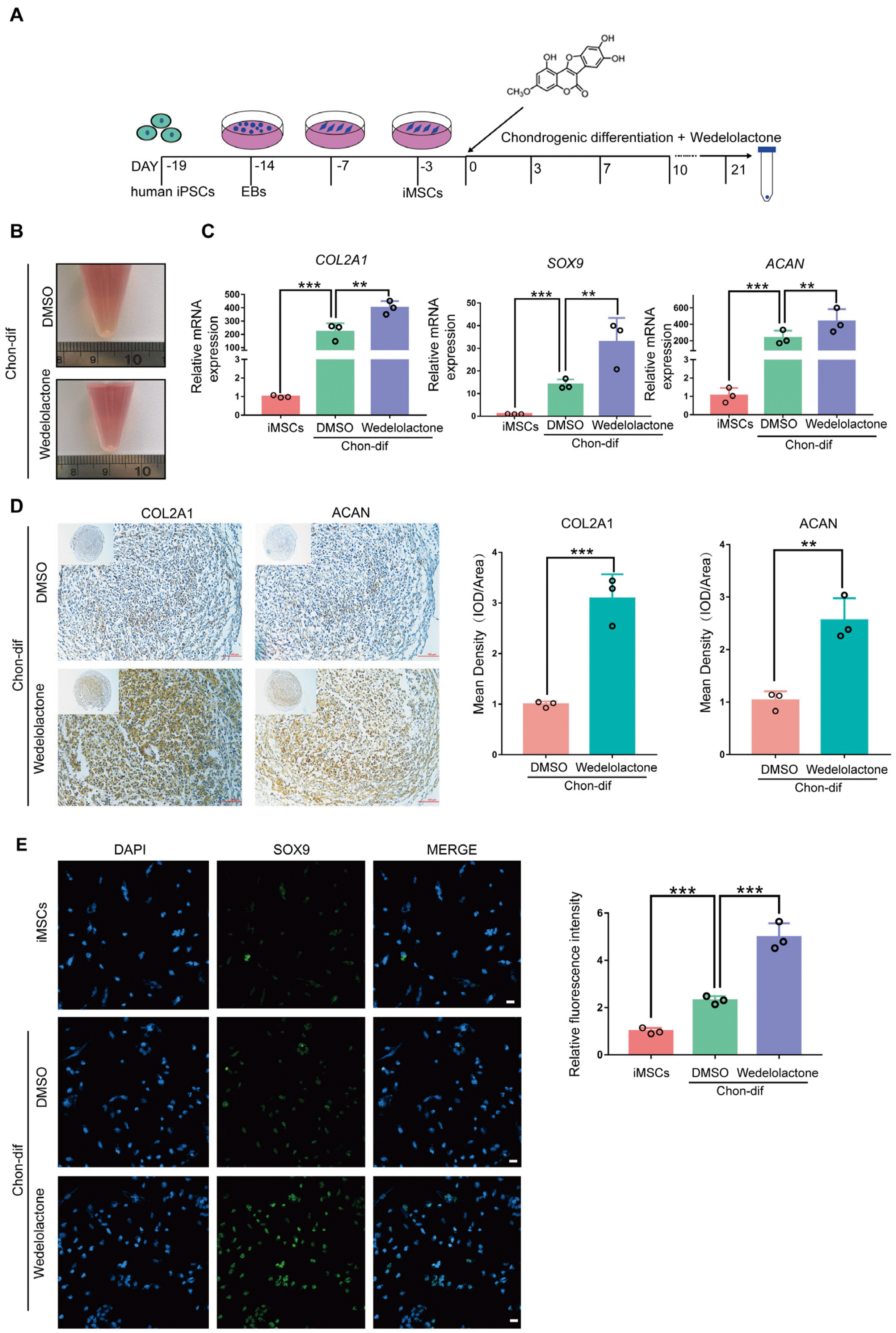
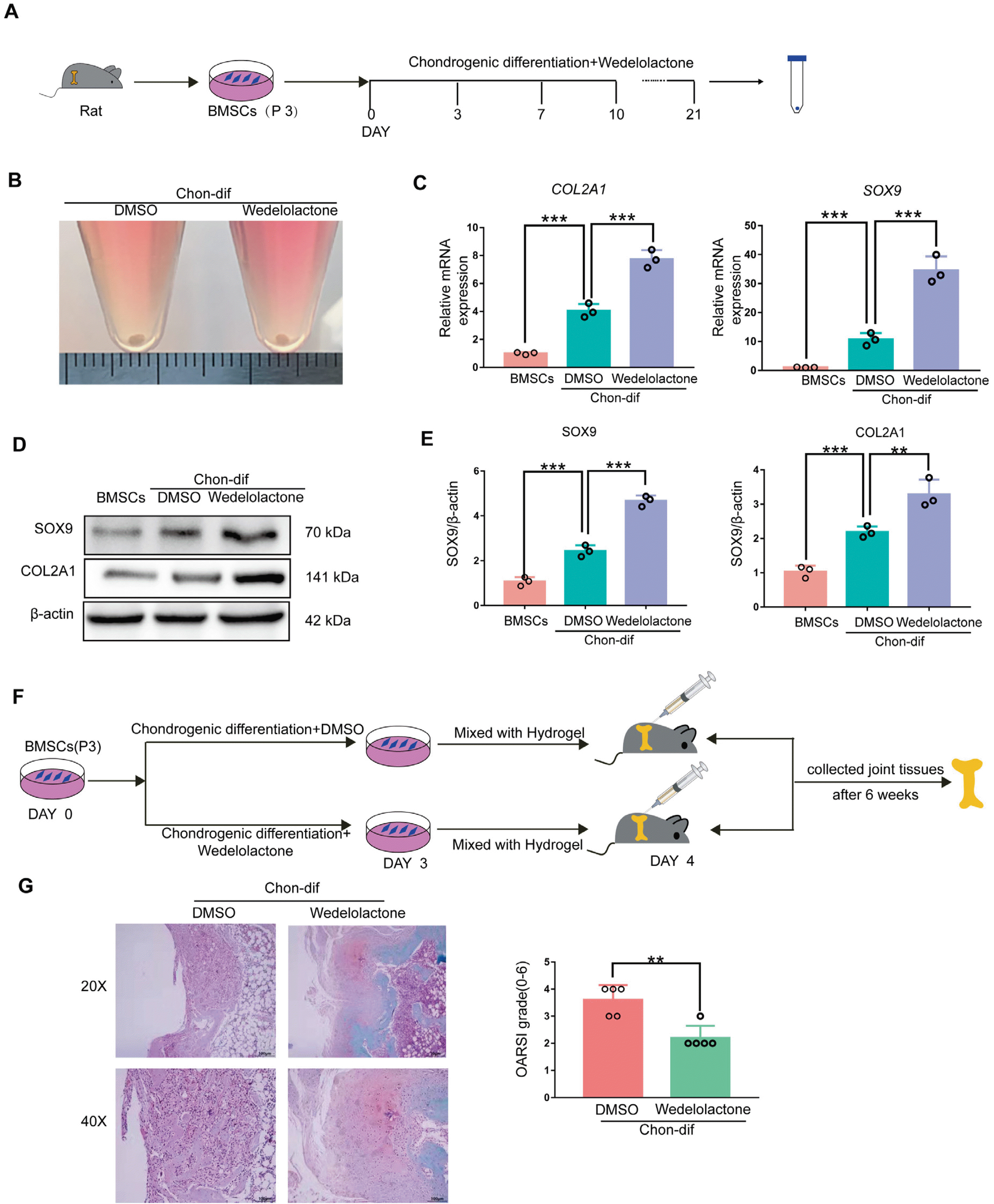
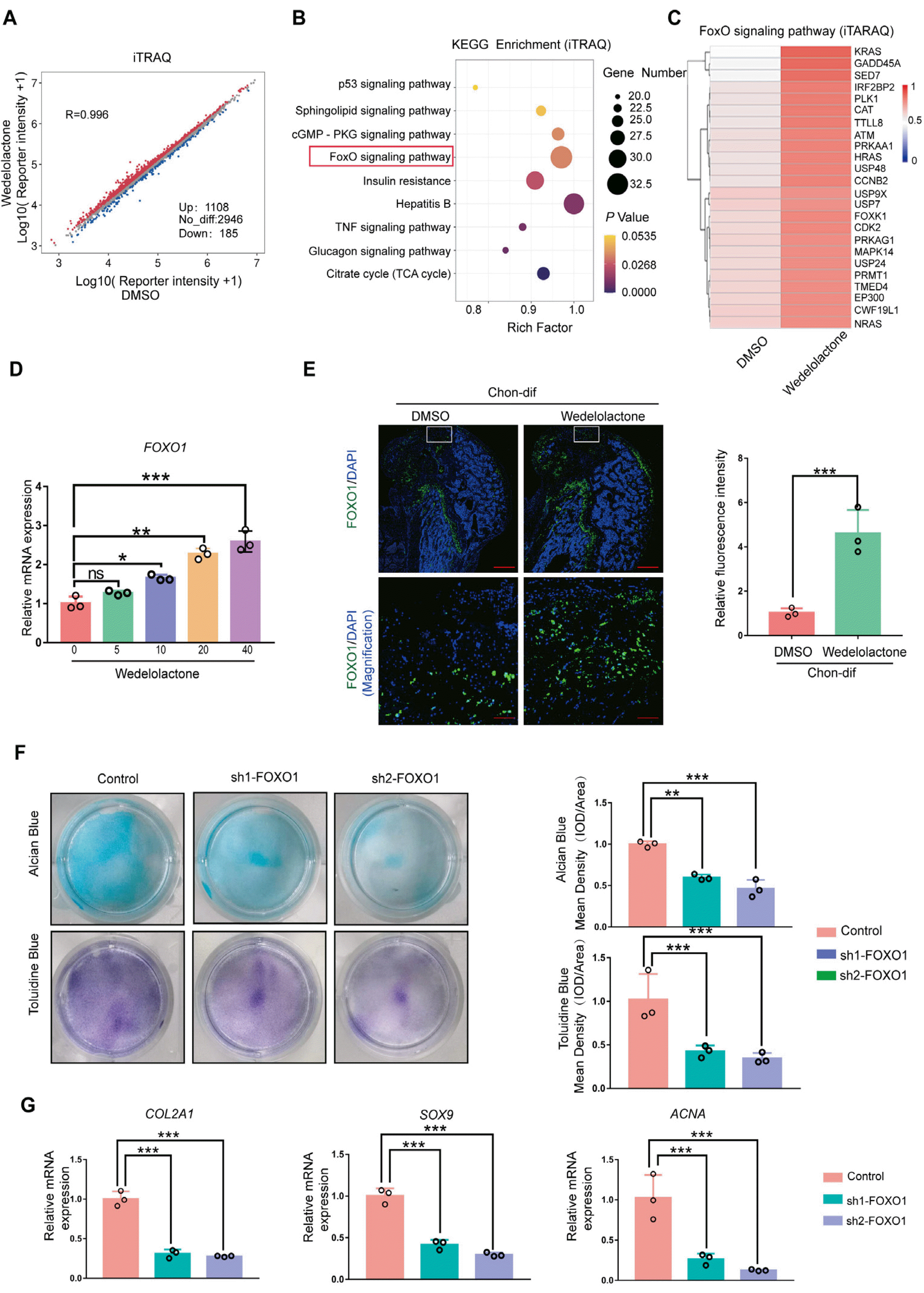
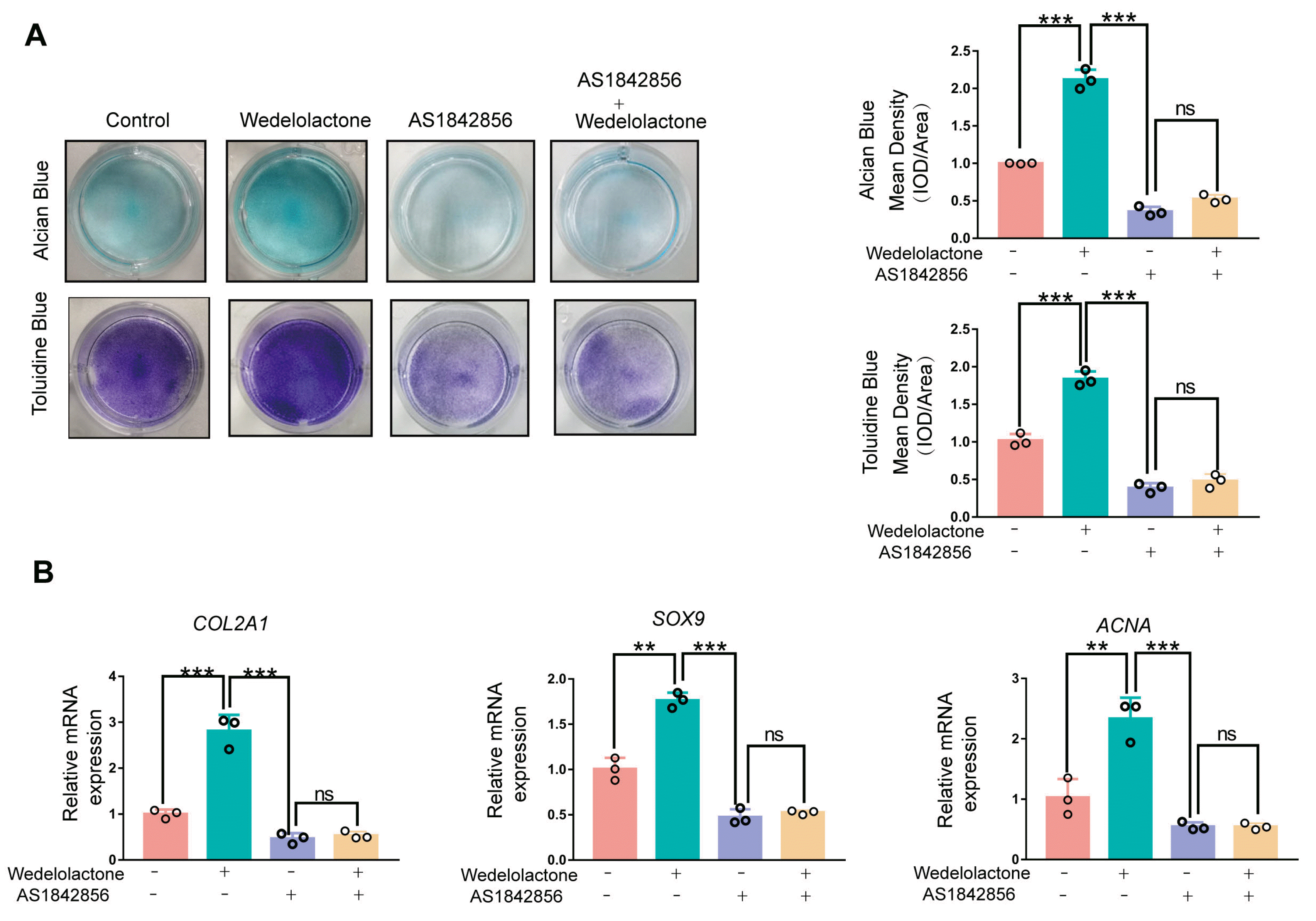
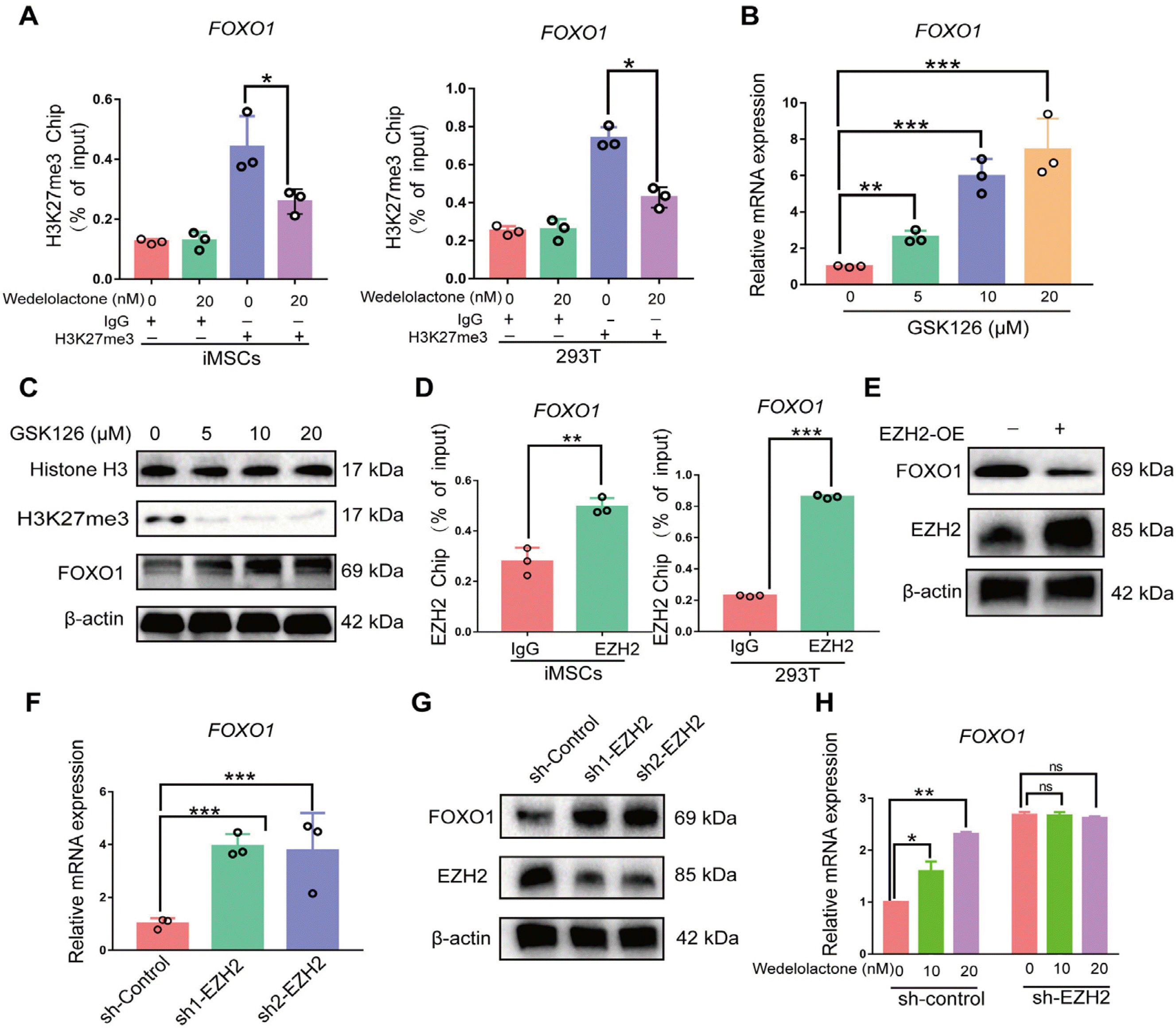
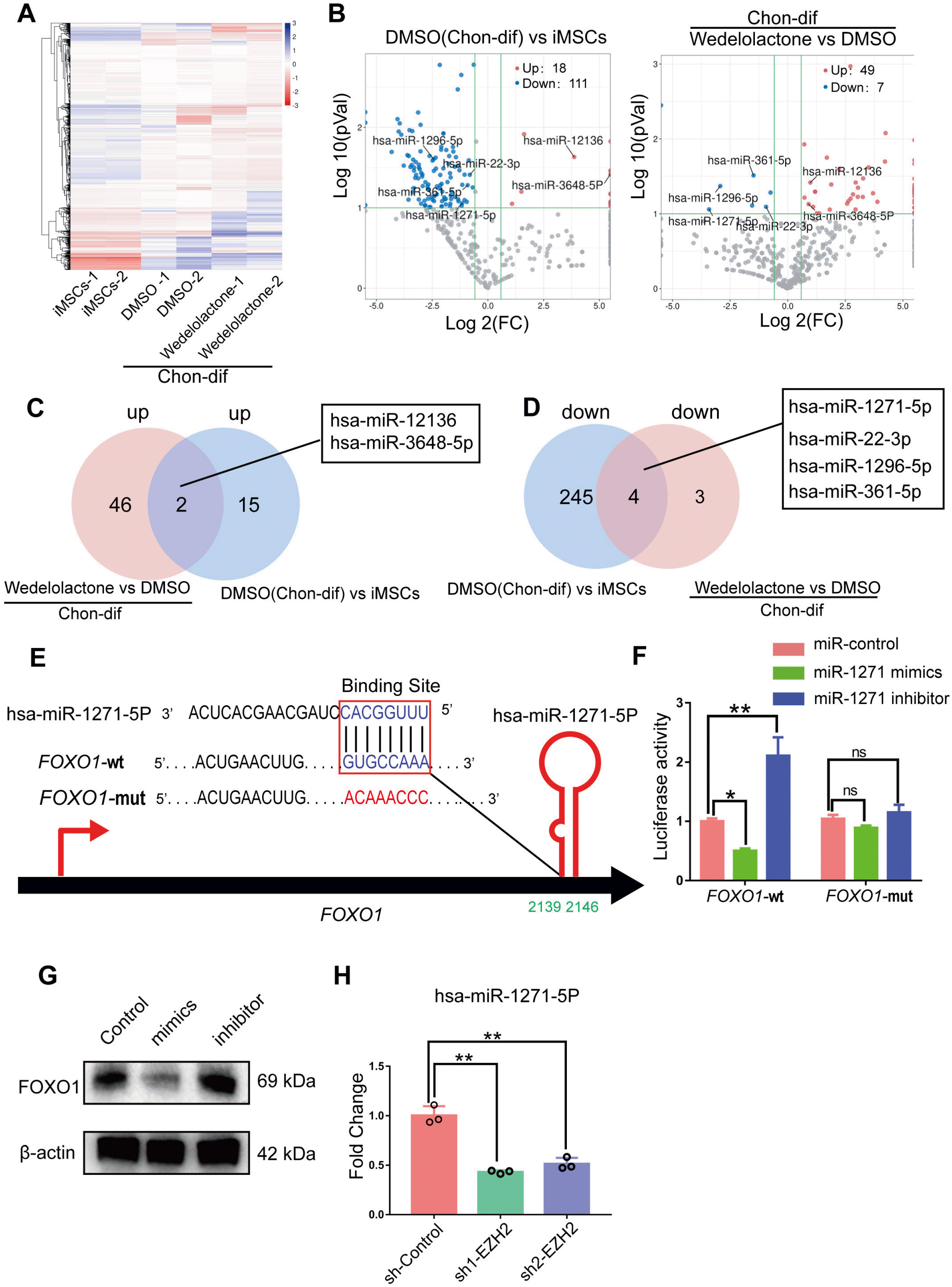




 PDF
PDF Citation
Citation Print
Print


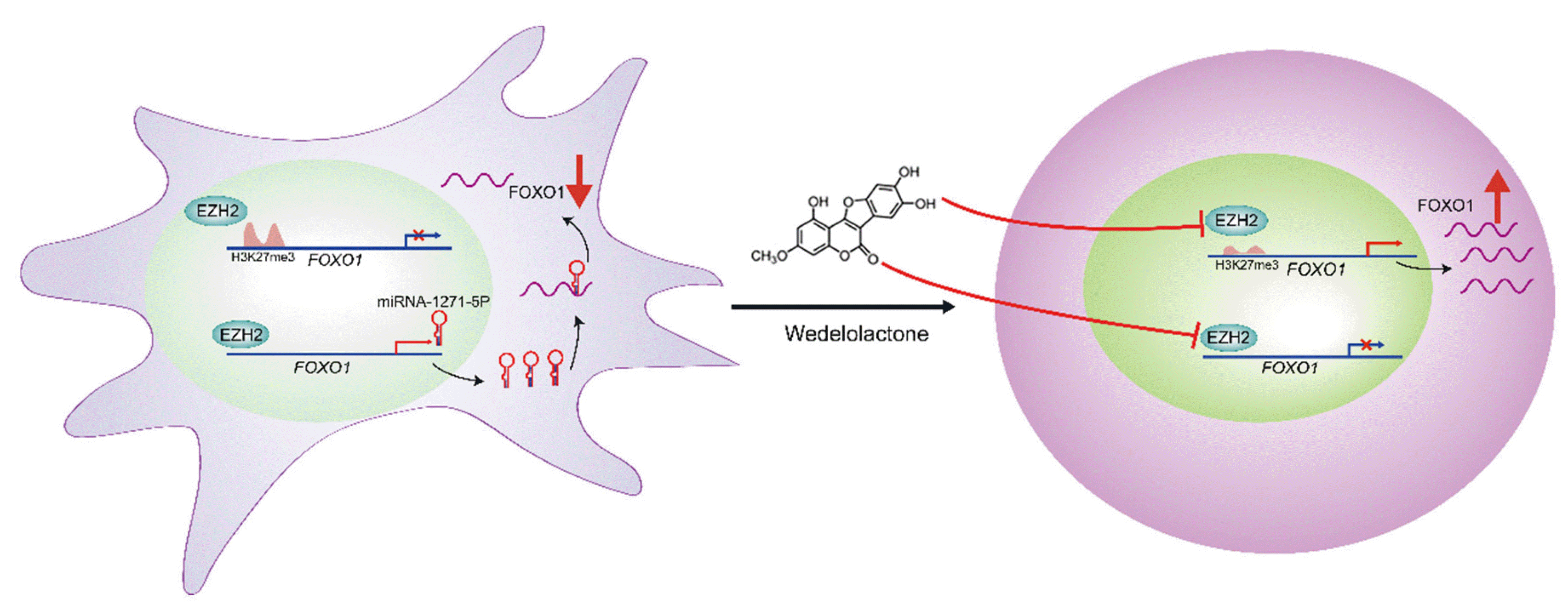
 XML Download
XML Download